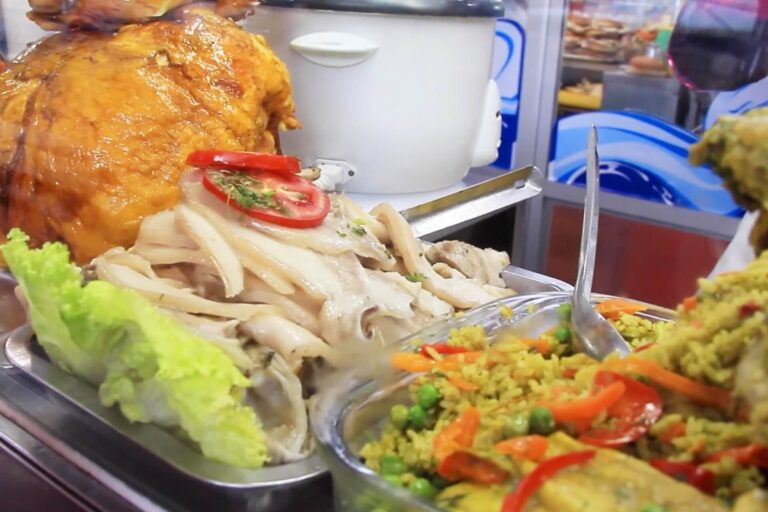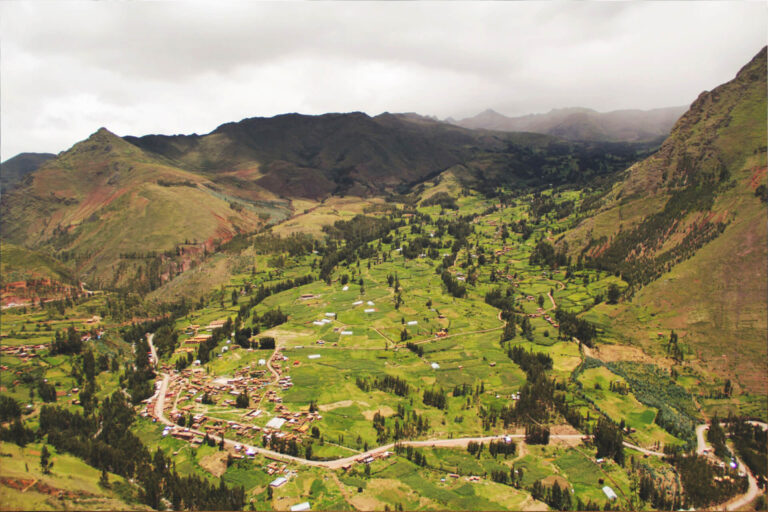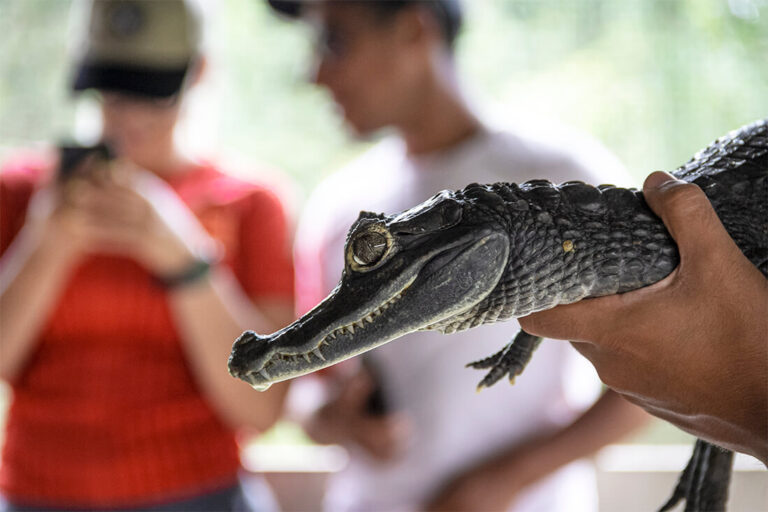The quarantine was announced in Peru on March 16, 2020. It was Sunday evening and at that time we were sitting in a hostel at a bar watching the president’s speech. Most of the people already knew a few days in advance that the government will announce the quarantine here in Peru as well. We knew that too. As soon as they declared a 14-day quarantine, the government sent police and army to the streets, and within two hours was the city full of authorities. A curfew was set from 8 pm until 5 am. On the first day of the quarantine, about 900 people were arrested, mostly in the capital, for violating the curfew. Only grocery stores, pharmacies, and banks remained open, as in other countries. The market was also open, but during the day armed soldiers patrolled around it.
The first day of quarantine was rushed everywhere. The streets were crowded with cars and regulations said that people could only go out if they needed the necessary things. But everyone needed something. Cusco was even more crowded than it uses to be before. Many people were already wearing masks, but they were not yet mandatory. People started worrying, and on the first day, the masks could only be found in every fifth pharmacy or so.
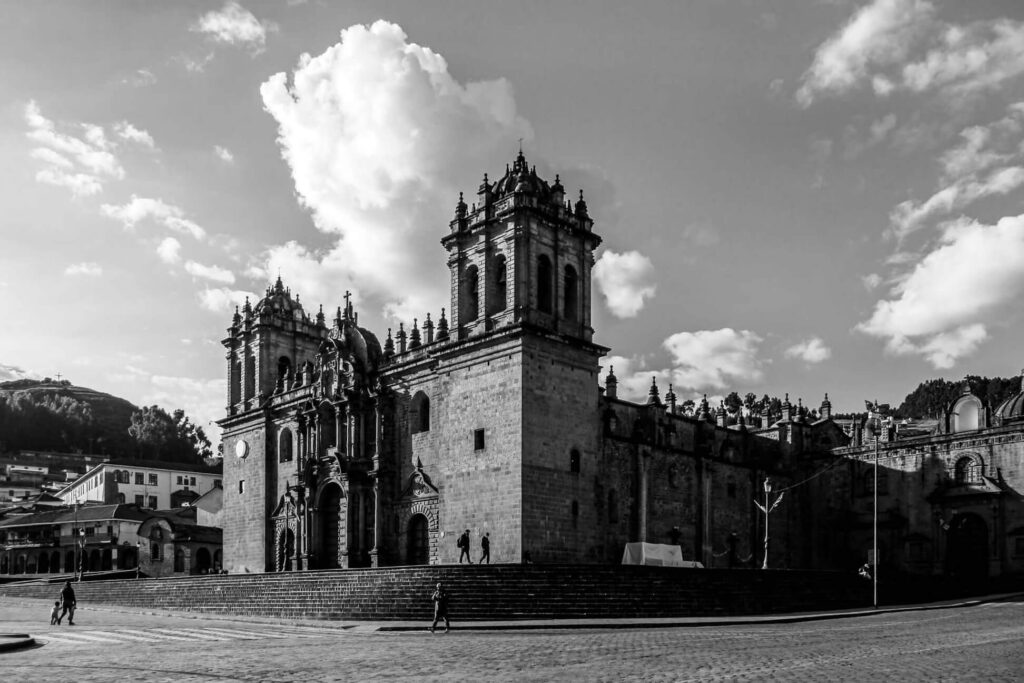
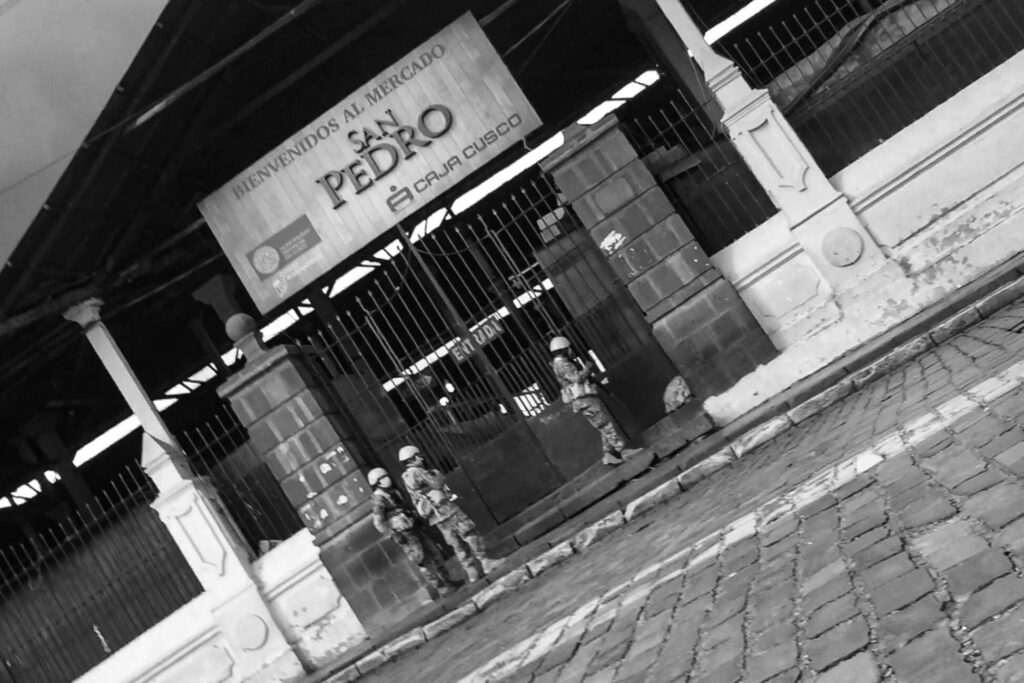
At that time I was working at a bar as a volunteer at a hostel. We had the necessary things, food for the whole day, and accommodation. And with us, about 100 other people were stuck in the hostel. Some of them managed to leave before the government announced quarantine, but others thought they would wait, and in a short time everything will be the same as before.
As bars and restaurants also closed, we tried to provide food for guests three times a day, as they had nowhere to eat or cook. However, most of the time there was confusion at the bar, as we didn’t know exactly how we would work, we were running out of food in the kitchen and we had to separate the exact amount of food for each guest every morning. No one should get more or less.
As soon as the Peruvian government closed the borders, people were trying to return home through repatriation flights. The square was closed and guarded by police and soldiers patrolling the city. It was forbidden to drive a car, there was almost no one on the street during the day and everyone was already wearing a mask or protective clothing. Tourist-crowded streets, roads full of trumpeting cars, and annoying vendors, all of a sudden, day by day, turned into a different city, a city yawned in emptiness. It was like in a catastrophic movie where an invisible enemy lurks for people.
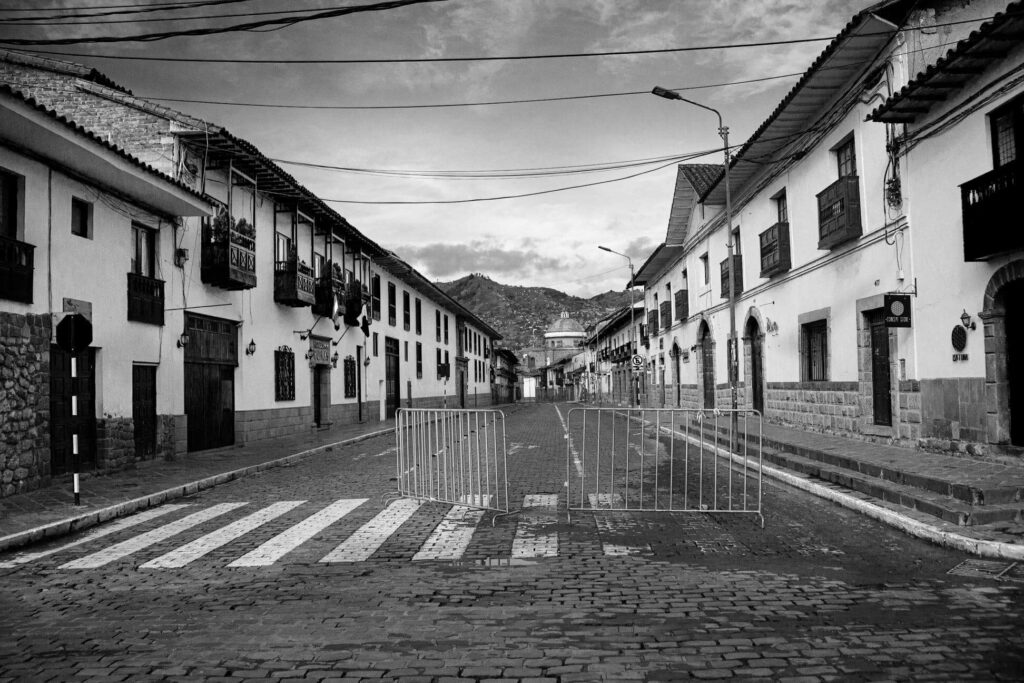

Even though I was far from home, I didn’t feel alone, we were all in it. Who could, was trying to help the others, and suddenly the barrier between the guest and the employee broke. People helped us deliver food, wash dishes, serve others, and even start cooking at the bar later.
However, the situation outside was not getting better and the tranquility of the favorite travelers’ place became some kind of shelter where uncertainty and helplessness suddenly began to prevail. The Peruvian government began with a strict lockdown, they started closing accommodation facilities, and we increasingly had unexpected visits by the police, who checked to see if guests were in their rooms 24 hours a day. They even closed a street one block away from us because a person died of the virus at one of the hostels. I remember how they called us from the reception at the bar, that the inspection came and how we all ran from the bar to the rooms so the police would not catch us outside. Nobody even wanted to imagine where we would all end all of a sudden.
But we were still one of the luckiest. Hotels, where a person tests positive, must be closed for around one month. No one could go out or travel back home, the entrance was guarded by police and the army. If someone wanted to leave a hotel, they have the order to shoot. Groceries and other necessary stuff were delivered on the corner of the street and then by a person in a protective suit at the front door. People who didn’t have money to pay for their stay were either forgiven to pay or their embassies helped them.

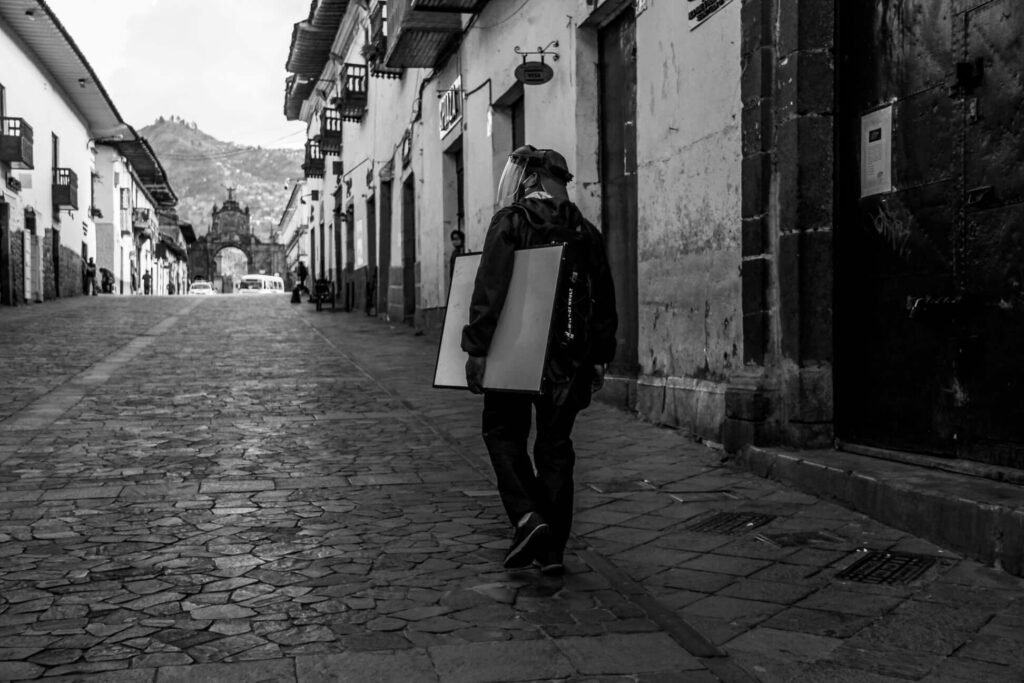
A few days later, the sale of alcohol in all shops was also banned, probably to limit socialization in the streets and neighborhoods. In some places, however, it was still possible to buy some so that the owners would not lose profits, but rather small shops far from the center.
As time went on and it became clear to everyone that the situation would soon not improve, people sooner or later managed to go home and I moved to an apartment. The hostel was closed after a few months and returned to the owner of the property. Many businesses went bankrupt and people lived even harder from day to day. Everyone who worked in tourism either lost their job completely or found another, less-paid one. The manager of our hostel started selling pastries and certified tourist guides working on construction sites.
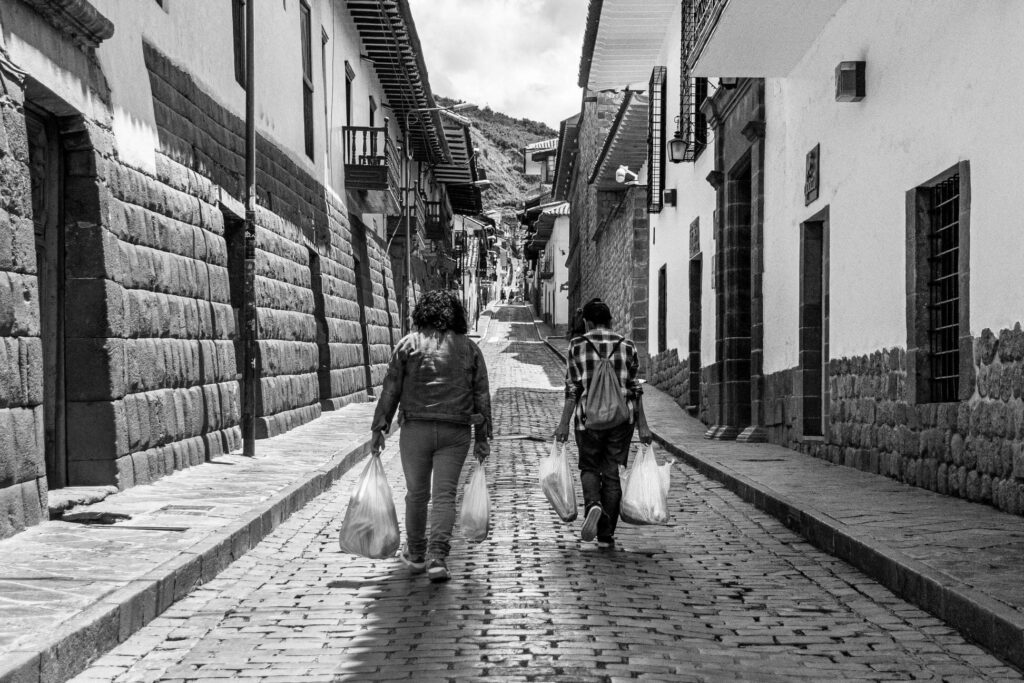
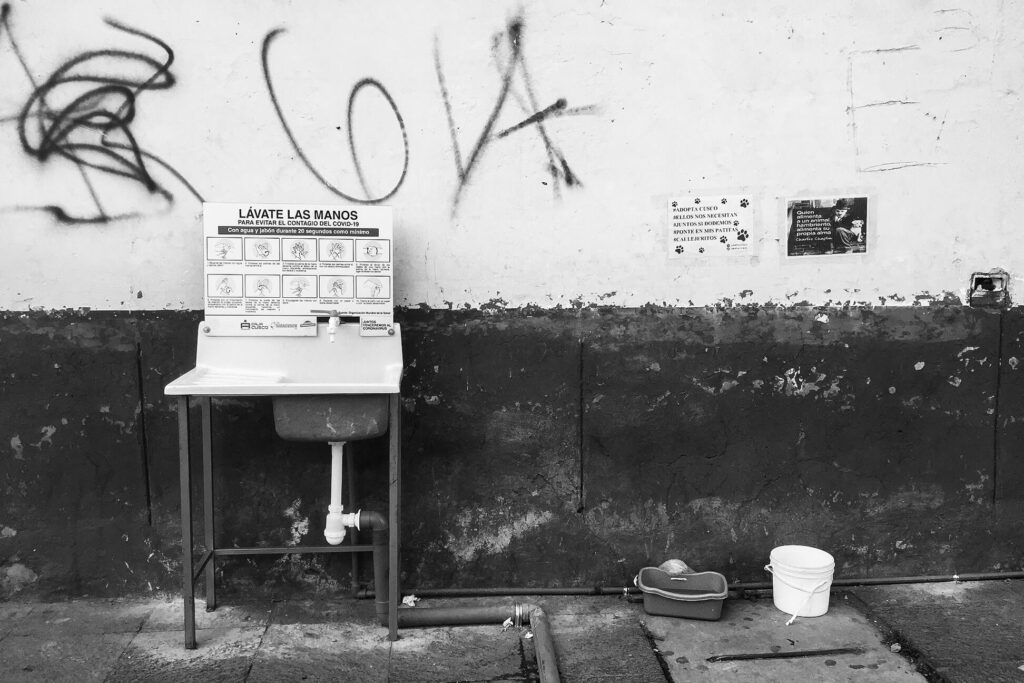
About a month after the quarantine were announced new rules by the president. There were still a lot of people on the streets in groups or pairs. Therefore, if you didn’t follow these rules, you risk a fine of up to 430 soles ($108): a meter distance in supermarkets, unaccompanied on the street, wearing a mask, being on the street only for a valid reason, always show the identity card to the police or army, a total ban on going out on Sundays and a ban on driving a car without special permission.
Peru was hit very hard by the pandemic at a time when the economy was finally starting to prosper. The government was constantly trying to monitor the situation, and when some restrictions didn’t help, others were announced, for example, women and men could not go to the streets on the same day. After a time when the situation did not improve but got worse, the prisoners began to seek release for the significant spread of the coronavirus, saying that they deserved to live too. Some rebels took control of the prisons, so the police guarded the building only from the outside.
In the capital, some people refused to follow the restrictions, and every day there were a huge number of people on the streets trying to earn money for food and rent. The lowest class suffered the most, the benefits from the state were for some people insufficient to support their families, so they had no choice but to go to the streets. Because they either die of starvation or the virus.
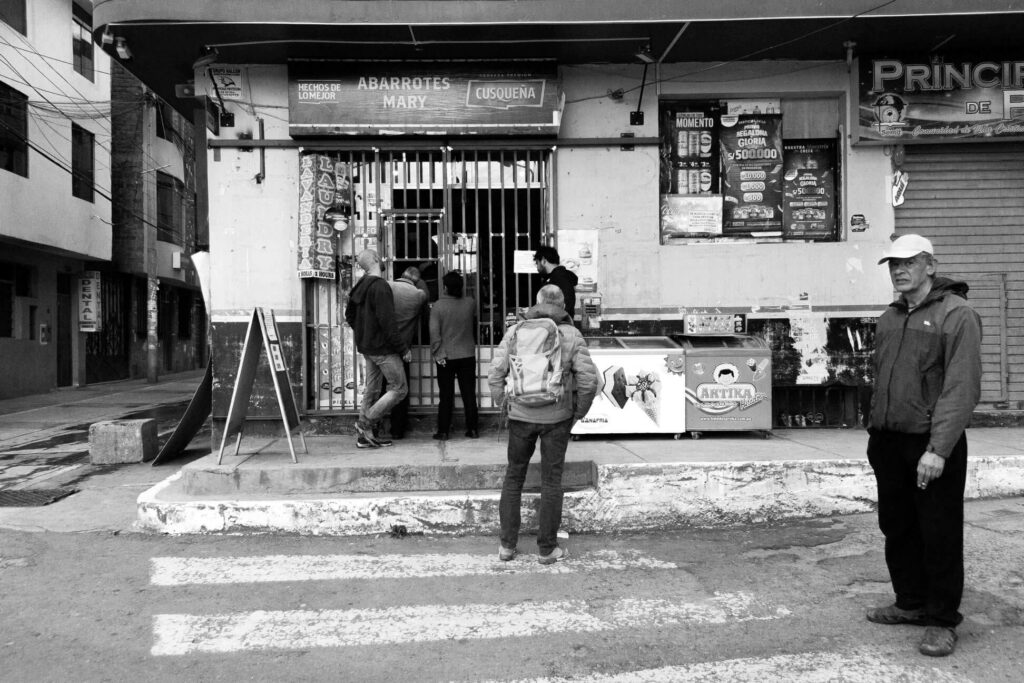

More than a year after the outbreak of the pandemic, Peru still has a high number of cases, but the country is already open to tourism. Peru was one of the first countries that announced a strict lockdown but cases were still rising. The second lockdown occurred in January this year when hospitals were close to collapse after the Christmas holidays. There was a lack of oxygen bombs and beds in hospitals, and people connected to oxygen had to sit in front of some hospitals. Peru is currently in a very slow vaccination process, where about 10% of the population is completely vaccinated and the number of cases is still around 3,000 per day.

